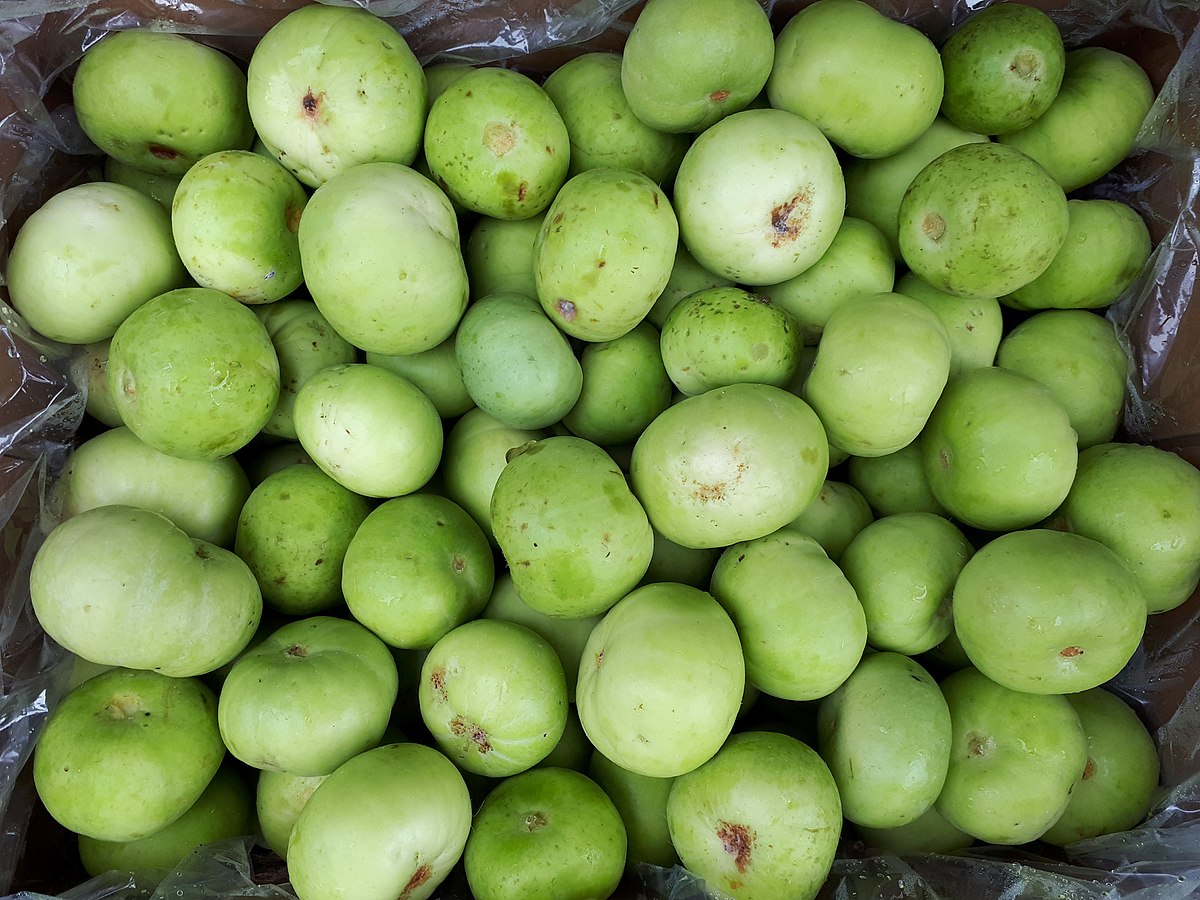
Tinda, also known as Indian round gourd or apple gourd, is a unique vegetable that often flies under the radar. Originating from India, this small, green, and round veggie packs a punch in both flavor and nutrition. Why should you care about tinda? Because it's not just another vegetable; it's a powerhouse of health benefits. From aiding digestion to boosting immunity, tinda has a lot to offer. Whether you're a seasoned chef or a home cook, incorporating tinda into your meals can add a delightful twist. Ready to learn more? Let's dive into 15 fascinating facts about this underrated gem!
Key Takeaways:
- Tinda, also known as Indian round gourd, is a nutritious and versatile vegetable popular in South Asia, known for its round shape and culinary uses in curries, stir-fries, and stuffing.
- Culturally significant and rich in nutrients, tinda is a low-calorie vegetable rich in vitamins and fiber, making it a great addition to a healthy diet and a symbol of simple, healthy living in South Asian households.
What is Tinda?
Tinda, also known as Indian round gourd or apple gourd, is a popular vegetable in South Asia. This small, green gourd is often used in various dishes due to its mild flavor and nutritional benefits. Let's dive into some fascinating facts about this humble vegetable.
-
Tinda is a member of the gourd family. It belongs to the Cucurbitaceae family, which includes cucumbers, melons, and squash.
-
The vegetable is native to India. Tinda is widely grown in India and Pakistan, where it is a staple in many traditional recipes.
-
Tinda is known for its round shape. The gourd is small and round, resembling a green apple, which is why it is sometimes called apple gourd.
Nutritional Benefits of Tinda
Tinda is not just tasty but also packed with nutrients. Here are some health benefits that make it a great addition to your diet.
-
Rich in vitamins and minerals. Tinda contains vitamins A, B, and C, along with minerals like calcium, iron, and potassium.
-
Low in calories. This vegetable is low in calories, making it an excellent choice for those looking to maintain or lose weight.
-
High in dietary fiber. Tinda is a good source of dietary fiber, which aids in digestion and helps prevent constipation.
Culinary Uses of Tinda
Tinda is versatile and can be used in various dishes. Here are some popular ways to cook and enjoy this vegetable.
-
Commonly used in curries. Tinda is often cooked in spicy curries, where it absorbs the flavors of the spices and other ingredients.
-
Can be stuffed. The gourd can be hollowed out and stuffed with a mixture of spices, herbs, and sometimes meat, then cooked until tender.
-
Great for stir-fries. Sliced tinda can be stir-fried with other vegetables and spices for a quick and healthy meal.
Growing Tinda
If you have a green thumb, you might be interested in growing your own tinda. Here are some facts about cultivating this vegetable.
-
Tinda grows best in warm climates. It thrives in temperatures between 25-30°C (77-86°F).
-
Requires well-drained soil. The plant prefers sandy loam soil that is well-drained and rich in organic matter.
-
Needs regular watering. Tinda plants require consistent moisture, especially during the flowering and fruiting stages.
Cultural Significance of Tinda
Tinda holds a special place in South Asian culture. Here are some interesting cultural aspects related to this vegetable.
-
Featured in traditional festivals. Tinda is often used in dishes prepared for festivals and special occasions in India and Pakistan.
-
Mentioned in ancient texts. The vegetable has been referenced in ancient Indian texts, highlighting its long-standing importance in the region.
-
Symbol of simplicity and health. In many South Asian households, tinda is seen as a symbol of simple, healthy living due to its nutritional benefits and ease of preparation.
Final Thoughts on Tinda
Tinda, often overlooked, packs a punch with its nutritional benefits and culinary versatility. This humble gourd, rich in vitamins and minerals, supports digestion, heart health, and weight management. Its mild flavor makes it a perfect addition to various dishes, from curries to stir-fries.
Growing tinda in your garden is straightforward, requiring minimal care yet yielding abundant harvests. This makes it an excellent choice for both novice and seasoned gardeners. Plus, its low-calorie content and high fiber make it a great option for those looking to maintain a healthy diet.
Incorporating tinda into your meals not only diversifies your diet but also boosts your overall health. So next time you're at the market, give tinda a try. You might just find a new favorite veggie.
Frequently Asked Questions
Was this page helpful?
Our commitment to delivering trustworthy and engaging content is at the heart of what we do. Each fact on our site is contributed by real users like you, bringing a wealth of diverse insights and information. To ensure the highest standards of accuracy and reliability, our dedicated editors meticulously review each submission. This process guarantees that the facts we share are not only fascinating but also credible. Trust in our commitment to quality and authenticity as you explore and learn with us.


